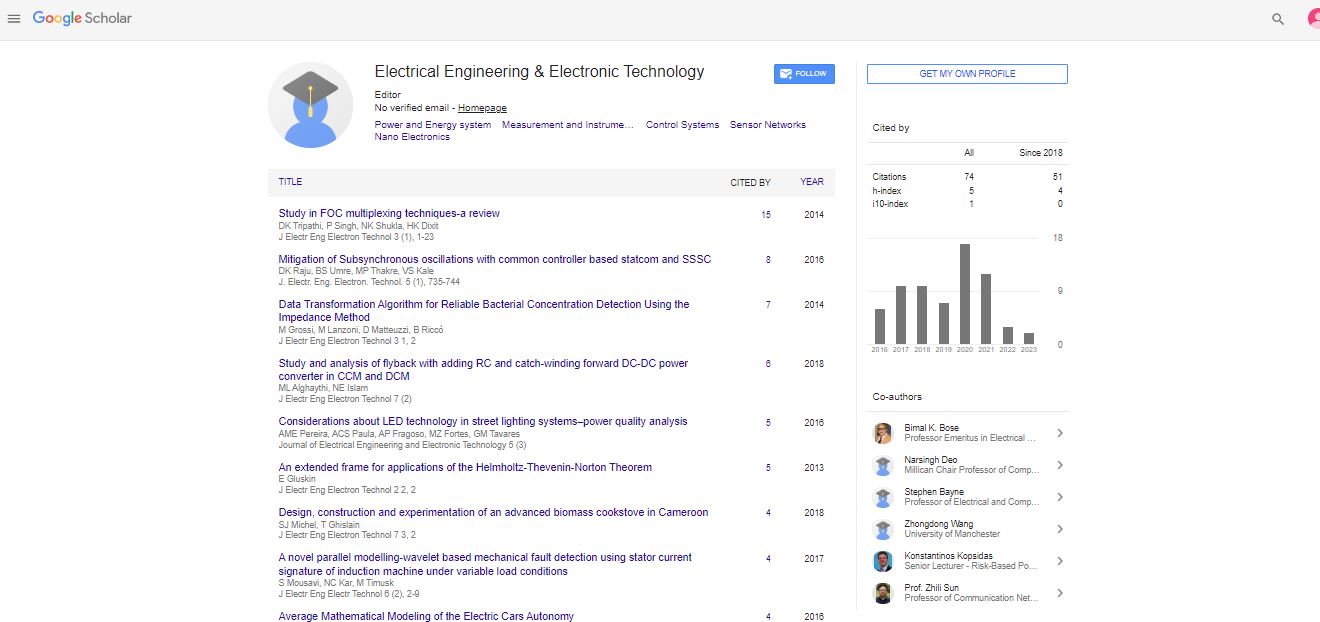Fiber optics engineering: physical design for reliability
Ephraim Suhir
Bell Laboratories-Portland State University, USA
Technical University, Austria
Bordeaux University, France
Ariel University, Israel
ERS Co., USA
: J Electr Eng Electron Technol
Abstract
The review part of the paper addresses analytical modelling in fiber optics engineering. Attributes and significance of predictive modelling are indicated and discussed. The review is based mostly on the author’s research conducted at Bell Laboratories, Physical Sciences and Engineering Research Division, Murray Hill, NJ, USA, during his tenure with Bell Labs for about twenty years, and, to a lesser extent, on his recent work in the field. The addressed topics include, but are not limited to, the following major fields: bare fibers; jacketed and dual-coated fibers; coated fibers experiencing thermal and/or mechanical loading; fibers soldered into ferrules or adhesively bonded into capillaries; roles of geometric and material non-linearity; dynamic response to shocks and vibrations; as well as possible applications of nano-materials in new generations of coating and cladding systems. The extension part is concerned with a new, fruitful and challenging direction in optical engineering- probabilistic design for reliability (PDfR) of opto-electronic and photonic systems, including fiber optics engineering. The rationale behind the PDfR concept is that the difference between a highly reliable optical fiber system and an in reliable one is “merely” in the level of the never sufficiently-zero probability of failure It is the authors’ belief that when the operational reliability of an optical fiber system and product is imperative, the ability to predict, quantify, assure and, if possible and appropriate, even specify this reliability is highly desirable.
Biography
E-mail: suhire@aol.com
 Spanish
Spanish  Chinese
Chinese  Russian
Russian  German
German  French
French  Japanese
Japanese  Portuguese
Portuguese  Hindi
Hindi 
